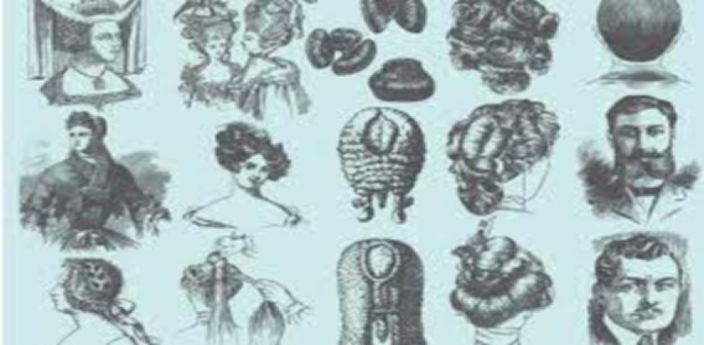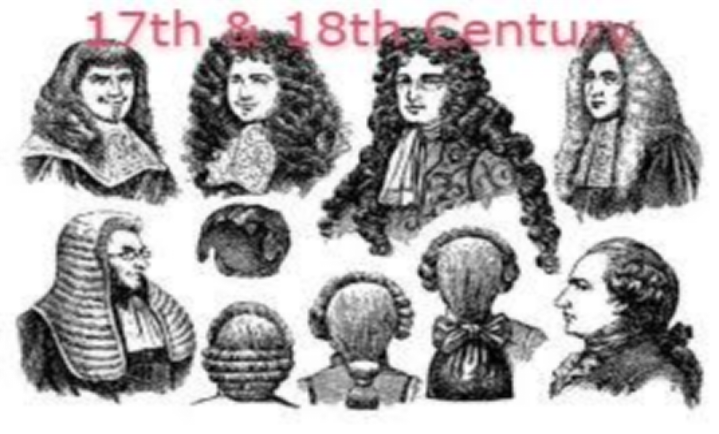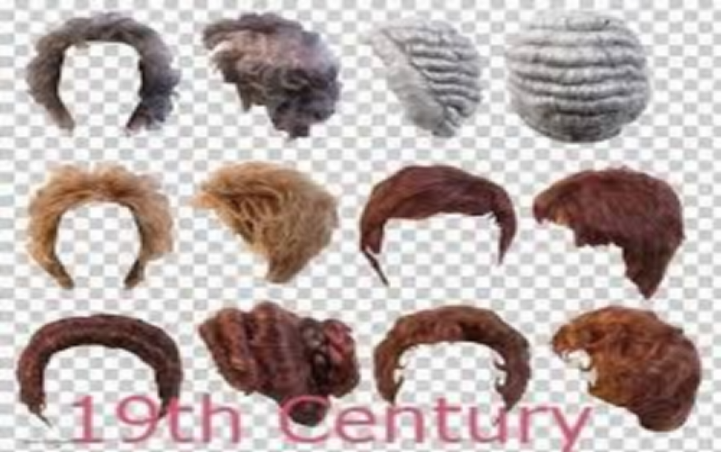Wigs have been in use for centuries, and the history of wigs is as old as the history of hair. The earliest wigs were made from human hair, but as time passed, it was discovered that human hair was not a sustainable material for wig-making. Wigs are now made from synthetic materials like nylon, polyester, and other synthetic fibers.

Wigs are used in many different ways all over the world. In some countries, they are used to cover up baldness or to disguise a person's natural hair color or style. Other countries, people who want to change their appearance temporarily for fun or because they have lost their own hair due to illness or cancer treatment wore wigs. In this article, we will look at the history of wigs, how wigs are made, and the different ways that people use them.
The History of Wigs
You might be shocked to learn that wigs have been around for a long time, The earliest examples date back to 3400 BC. Back then, they had a variety of uses. They were handmade and comprised of different fabrics.
Let's go back in time and see how wigs came to be:
3400 BC – The Discovery of Wigs
Wigs were initially discovered in ancient Egypt, where the scorching desert heat served as their inspiration. The Egyptians shaved their hair because maintaining hair in those weather circumstances was difficult. But having a bald head wasn't in, so they wore wigs to conceal it and shield it from the sweltering sun.
The wigs worn by the upper class differed significantly from those of the lower class. In contrast to the lower classes, who wore wigs made of leaf and wool fibers, the upper classes wore wigs made of human hair, some of which were even made of silver!

Wigs opened the door to new professions like hairdressing, which encouraged greater innovation. The wig market had developed by the end of the 15th century, and there were various choices. Some people may have added artificial hair to their heads with hair gel. Others donned a perruque, a full head of fake hair (a wig), which was popular at the time. The word was changed in the 17th century to peruke, periwyk, and periwig before becoming known as the miniature wig around 1675.
17th & 18th Century – The White Colored Wig Era
Wigs started to be worn by both sexes and gain significant popularity in the 17th century. Even the French king, who always used fake hairpieces to conceal his thinning hair, eventually made the switch to wigs. He would always get his head shaved by the servants, and he would wear a wig.
At this time, thicker hair was considered to be more attractive. The more expensive full-bottomed wigs were usually worn for formal events and were available for purchase. For important meetings, the wealthy got complete wigs, and they also had lesser wigs for wearing at home.

For those in the lower classes who couldn't afford wigs, they would style their own hair to seem like one. In those days, wigs were extremely in style!
The white wig was another popular style throughout this century and was seen to be quite fashionable. In order to make women's wigs even more attractive, hairdressers came up with the notion of powdering them.
19th Century – The Emergence of Commercial Wig Markets
This was the time when wig marketplaces truly took off. In these eras, fronts, pompadour rolls, frisettes, fringes, and switches were the most popular hairdos.
The hairdressers built workrooms where they created posts to sell. In order to achieve this, they saved combed hair, which they then tossed through a hackle, which would straighten it with its metal teeth.

These hair bundles were packaged in a way that made them bigoudis-curable upon request. The latter was a piece of wood or dried clay. The hairdresser would boil these hair bundles in water and baking soda for a number of hours, then dry them.
The hairdressers used women's hair when there wasn't enough available for hair combs. This resulted in the development of the hair market, where customers would purchase hair from the heads of women.
As the market grew over time, wig sellers began bringing in human hair from other nations, such as Japan, China, India, and Asia Minor. Before being sold, the imported hair would be cooked in nitric acid to get rid of the pests and dye.
20th Century – Present
The popularity of the natural look in the 1920s destroyed the wig industry. The bob hairstyle was more popular among women, while older ladies continued to use wigs.

Wigs became popular once more in the 1950s as a means to experiment with new hairstyles without going through the hairstyling procedure. This was a great technique to save time and avoid the discomfort of braiding.
The wig industry underwent significant changes, including the introduction of white hairdressing alternatives, only in the 1960s.
The wig industry has significantly improved in the 21st century in terms of wig style and authenticity. For instance, contemporary wigs now have natural hairlines, in contrast to classic wigs.
At least one “convenience wig” was owned by one-third of American women by 1958, when the wig market had expanded significantly. The creation of a wig-making machine in Hong Kong in the 1950s was the most significant advancement in wig technology. The nylon and acrylic wigs are machine-washable. With this invention, the market was saturated with imitations and subpar wigs. The rise of the wig export industry was so rapid that by 1970, the company employed 24,000 people. Additionally, by 1969, 40% of wigs on the market were synthetic.
Furthermore, all ladies can wear human hair wigs because they are now sold at a variety of price points. Because human hair wigs were so expensive, most ladies used to solely wear synthetic wigs.
The wigs are now offered in every shape and color; previously, pink and blue wigs weren't an option.
Conclusion:
In conclusion, we can see that in ancient times, women would wear wigs with human hair for special occasions when they wanted to attract potential suitors or keep their wealth from being identified by the public. Nowadays, people buy wigs for different reasons, like cancer patients who shave off their own head hair to spare their family from looking after them or to hide hair loss. Thus, the practice of wearing wigs has been around for thousands of years and will likely continue to be around for many more.
